This was shared by Labor Hero Ho Quang Cua at the workshop "Building a National Brand for Vietnamese Rice," organized by Tuoi Tre newspaper in collaboration with the Ministry of Agriculture and Rural Development and the People's Committee of Soc Trang province on the afternoon of December 10th in Soc Trang. This event is of significant importance in the context of Vietnam's rice industry achieving impressive export successes.
Vietnamese rice has entered the world 's high-end market.
Speaking about the prospects for Vietnamese rice, which has already established a brand, in the next 10 years, Labor Hero Ho Quang Cua observed that, based on the experience of building famous rice brands in the world such as India, Thailand, and Cambodia, "we haven't been able to do it (a brand), and even if we did, we wouldn't have gotten anywhere."
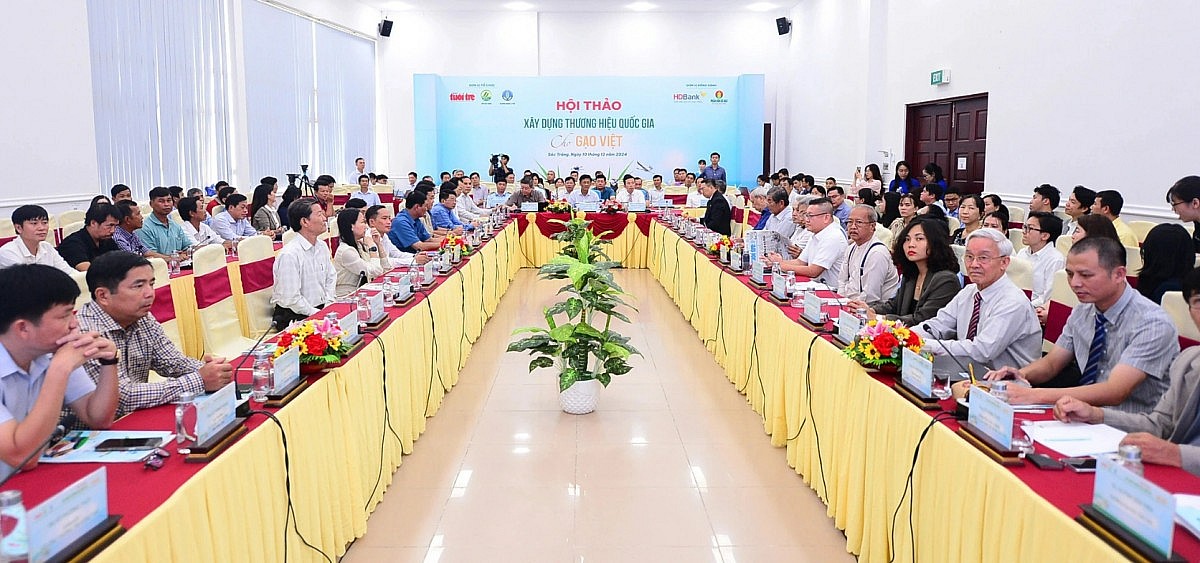 |
| Overview of the workshop – Photo: Quang Dinh |
"Looking at the most successful countries in the world in brand building, India focuses on the Basmati variety, Thailand has Hom Mali, meaning they concentrate on one variety. After focusing on one variety, there are always standards for purity. In the next 10 years, wherever Vietnam goes, it must abide by international rules; it cannot do otherwise," Mr. Cua presented his viewpoint.
According to Mr. Ho Quang Cua, aroma is the essence of rice, and many countries choose aroma as a brand. The next step is always purity, while criteria such as whiteness and moisture content are normal.
In Vietnam, excessive chemical contamination is a problem due to intensive farming practices. Therefore, in brand building in Vietnam, besides purity standards, it is necessary to limit the use of chemicals to preserve the natural flavor of the rice (reducing chemical pesticides by replacing them with organic pesticides, reducing chemical fertilizers by replacing them with biological fertilizers), and avoiding ripening rice during periods of heavy rain or intense sunlight to maintain its aroma.
“We are very pleased that this year, as we enter the world's premium rice market, the behavior of businesses and farmers has changed significantly. Businesses and people are gradually requesting and supporting each other to jointly upgrade product quality. That is a factor that allows us to move forward,” Mr. Ho Quang Cua commented.
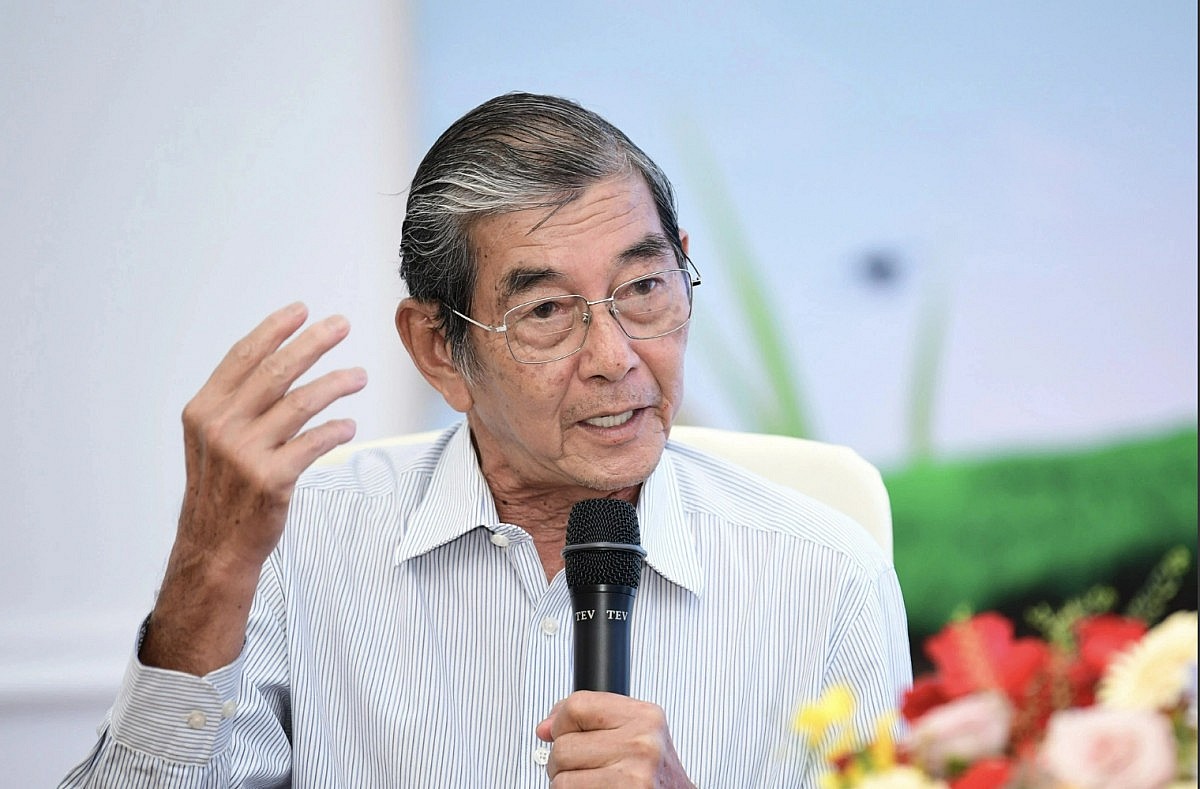 |
| Labor Hero, Engineer Ho Quang Cua – Photo: Quang Dinh |
Regarding this matter, Mr. Pham Thai Binh – Chairman of the Board of Directors of Trung An High-Tech Agriculture Joint Stock Company – has a different perspective, stating that Vietnam has been talking about and building rice brands for a long time. Currently, saying that there are none, or that they haven't been successful, is not entirely accurate.
Currently, the Philippines imports tens of thousands of tons of rice from Vietnam each year. “At the end of 2023, India banned rice exports, causing prices to rise. But now India has lifted the ban and is selling at very low prices. Why doesn't the Philippines buy from India but instead buys from Vietnam? That's because they have confidence in Vietnamese rice,” Mr. Binh commented.
Therefore, according to Mr. Binh, building a successful rice brand means building trust among domestic and international consumers.
Regarding the issue of building a national brand for Vietnamese rice, Mr. Binh recounted that from 2010 to 2014, he and Mr. Ho Quang Cua were inseparable in their efforts to promote ST rice globally.
According to Mr. Binh, why is ST25 rice so famous worldwide? Even though export volume isn't high, it can be used to build a brand for Vietnamese rice. When we have the best rice in the world as a national brand, other rice varieties will also benefit. Vietnam should adopt ST25 rice as its representative rice variety.
Furthermore, brand building should extend from the farm to the table, especially regarding food safety and hygiene. Without proper standards, even the best rice in the world could be rejected by hundreds of containers, and we would still be negatively impacted.
"Building a rice brand requires building the entire chain, from seeds to fields, production, and processing. Once we build consumer trust, then brand building will be successful," Mr. Binh said.
Six proposed solutions to overcome challenges and build a brand for Vietnamese rice.
From a local perspective, Mr. Vuong Quoc Nam – Vice Chairman of the People's Committee of Soc Trang province – shared that in recent years, Soc Trang has adopted a policy of promoting the restructuring of agricultural production towards increasing added value and adapting to climate change. Rice production has been identified as one of the province's key products. In particular, the rice industry is gradually moving towards higher quality and economic efficiency, increasing income for rice farmers.
A notable feature is that specialty rice and high-quality rice account for over 54% of the total. Specifically, the ST24 and ST25 rice varieties account for over 18% and have been ranked as "the world's best rice" in international competitions.
Mr. Vuong Quoc Nam believes that the pressure of international competition is increasing for the rice industry. Many countries in the region with advantages in rice production are also gradually reopening their markets after a period of export restrictions.
Consumer preferences in some traditional markets have also changed significantly. Many countries and consumers are not only interested in delicious, nutritious, and safe rice products, but also demand environmentally friendly rice production. This shows that Vietnam's rice industry is facing both challenges and opportunities.
From the perspective of the regulatory authorities, Mr. Le Thanh Hoa – Deputy Director of the Department of Quality, Processing and Market Development (Ministry of Agriculture and Rural Development) – stated that the Vietnamese rice industry has undergone impressive development in recent decades. From an importing country, Vietnam has become a leading rice exporter in the world, and is ranked by the Food and Agriculture Organization (FAO) as a country ensuring global food security.
For the 2024 rice crop, the whole country has 7.09 million hectares, with an average yield of 61.2 quintals/hectare, and a production of 43.4 million tons. In the first 10 months of 2024, the value of Vietnamese rice exports to the Philippines increased by 59.1%, to Indonesia by 20.2%, and to Malaysia by 2.2 times. The role of branding in the development of the rice industry is a factor in increasing product value and competitiveness, linking sustainable development goals and enhancing added value.
According to Mr. Le Thanh Hoa, the development of rice brands in Vietnam has yielded positive results. Specifically, several Vietnamese rice businesses have successfully built brands and established a foothold in the international market. A prime example is the ST25 rice brand of Mr. Ho Quang Cua. ST25 rice has brought pride to Vietnam's agricultural sector by winning the title of "World's Best Rice".
The success of ST25 is proof of the great potential of Vietnam's rice industry, creating a foundation for Vietnam's rice industry to elevate its brand in the global market.
However, developing Vietnamese rice brands still faces several challenges, such as building trust in quality, a lack of legal support for international trademark protection, and insufficient focus on the domestic market.
“We need to improve product quality; build and develop rice brands and geographical indications; diversify exported rice products; develop value-added rice products; innovate technology in rice production; and promote international trade to affirm the brand's position,” Mr. Hoa outlined six solutions to overcome challenges and build the Vietnamese rice brand.
Source: https://congthuong.vn/xay-dung-thuong-hieu-gao-viet-co-lam-nhung-chua-toi-363585.html






![[Photo] Prime Minister Pham Minh Chinh attends the Conference summarizing and implementing tasks of the judicial sector.](/_next/image?url=https%3A%2F%2Fvphoto.vietnam.vn%2Fthumb%2F1200x675%2Fvietnam%2Fresource%2FIMAGE%2F2025%2F12%2F13%2F1765616082148_dsc-5565-jpg.webp&w=3840&q=75)

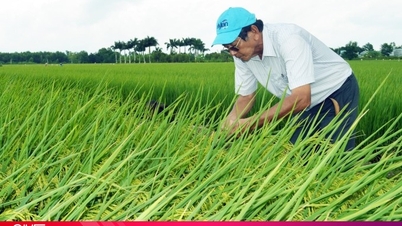

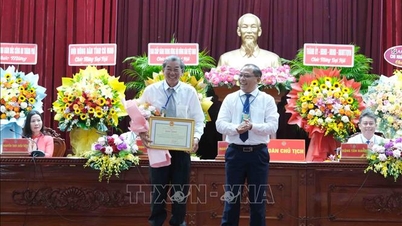



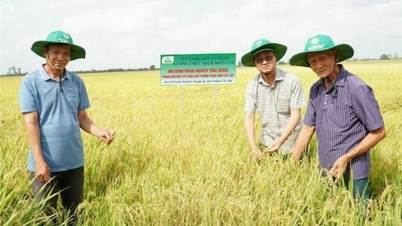

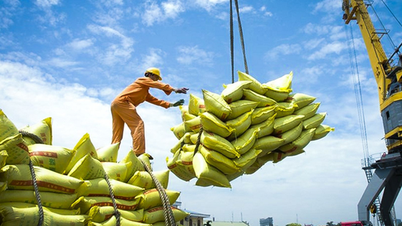

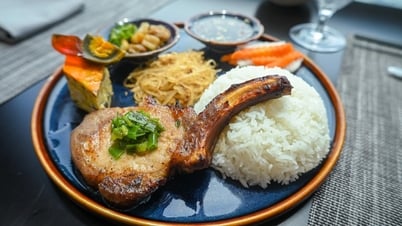

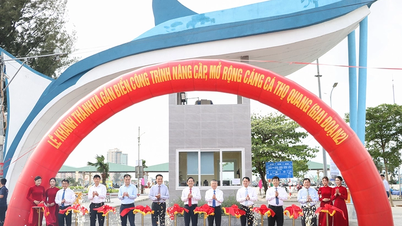





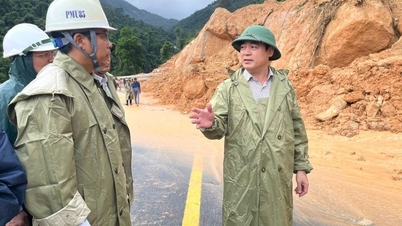

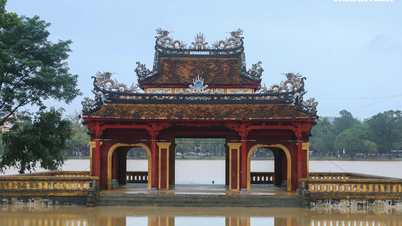

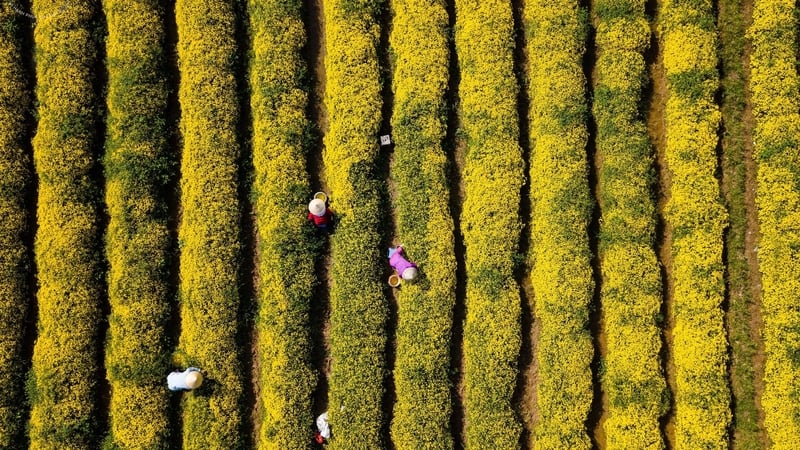



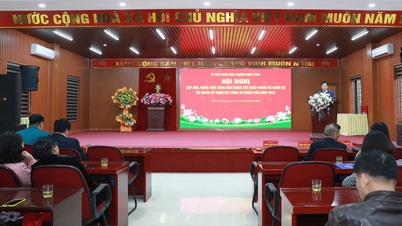



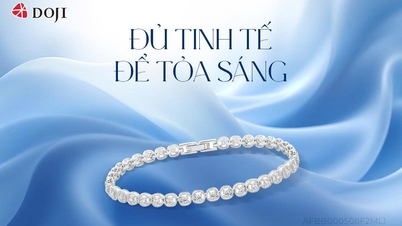







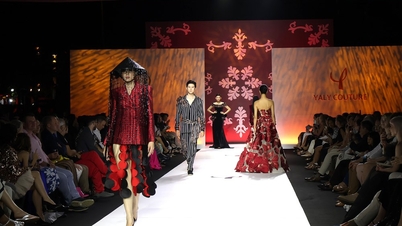





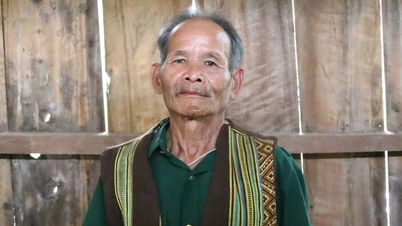

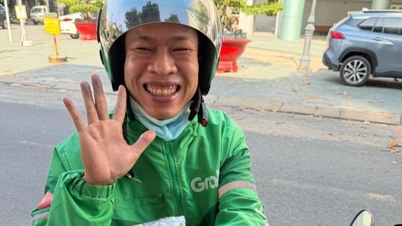




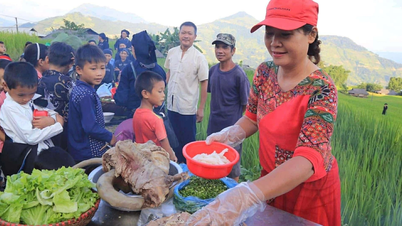

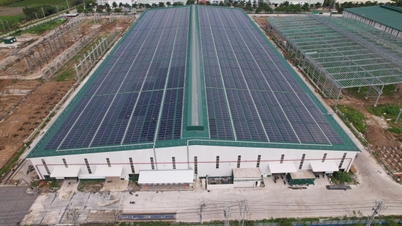


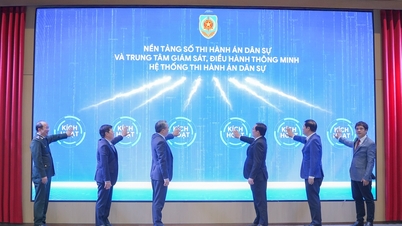






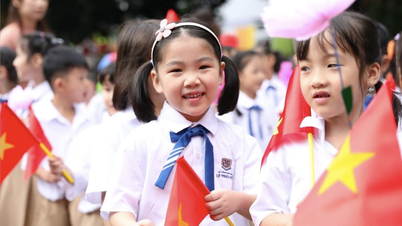



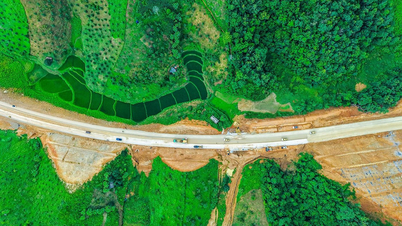
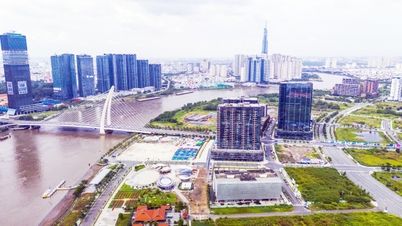

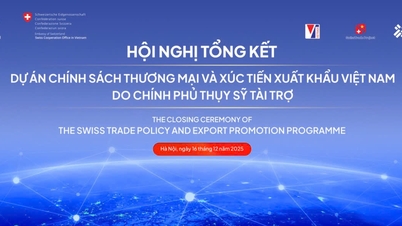

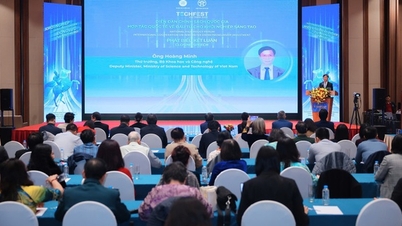

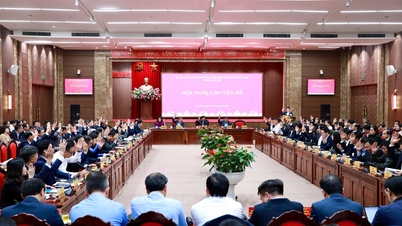

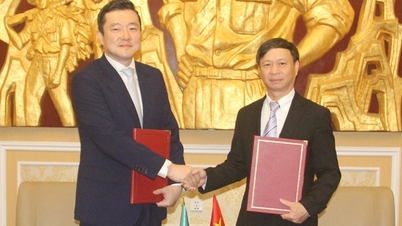
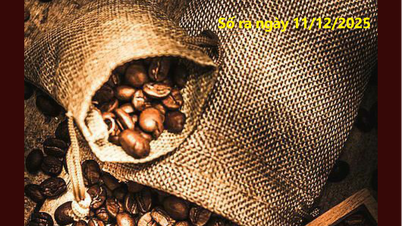
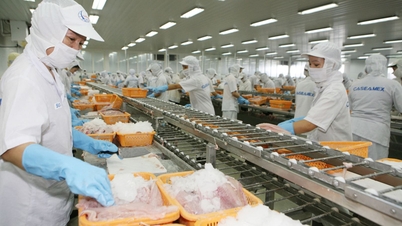
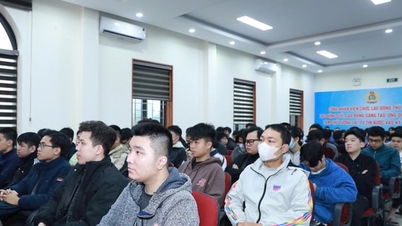

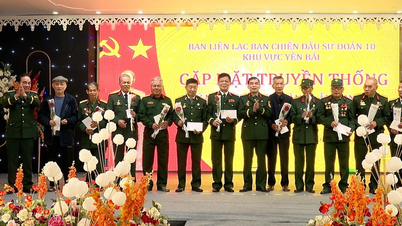

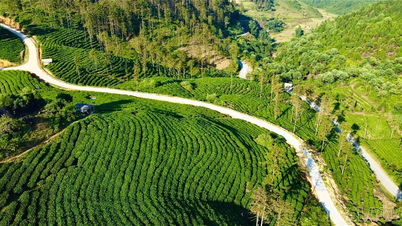
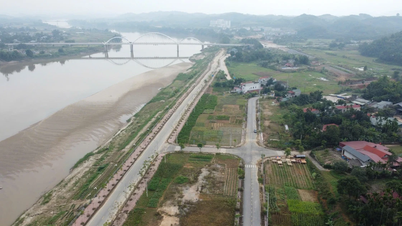
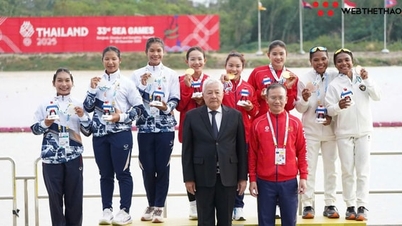












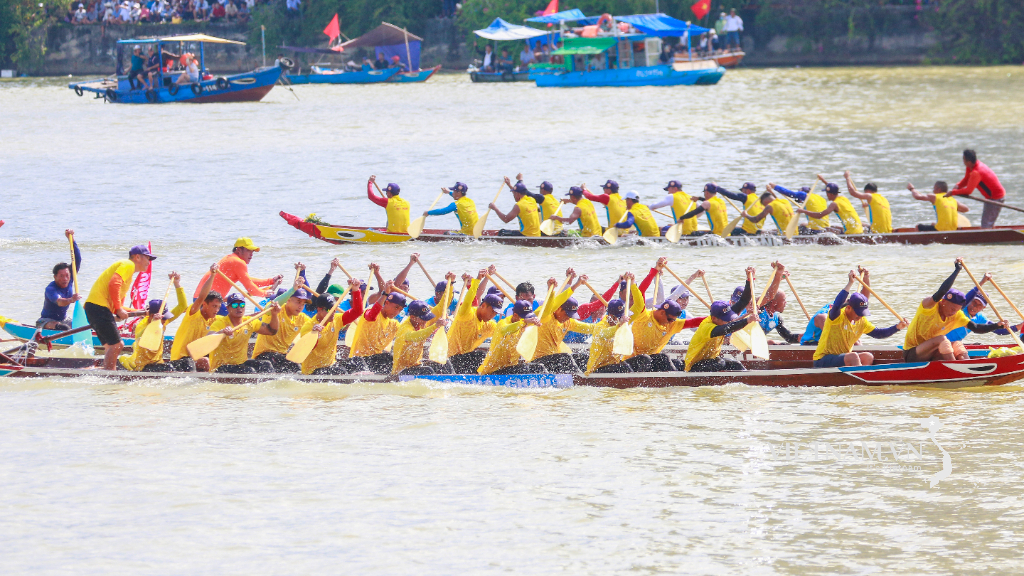
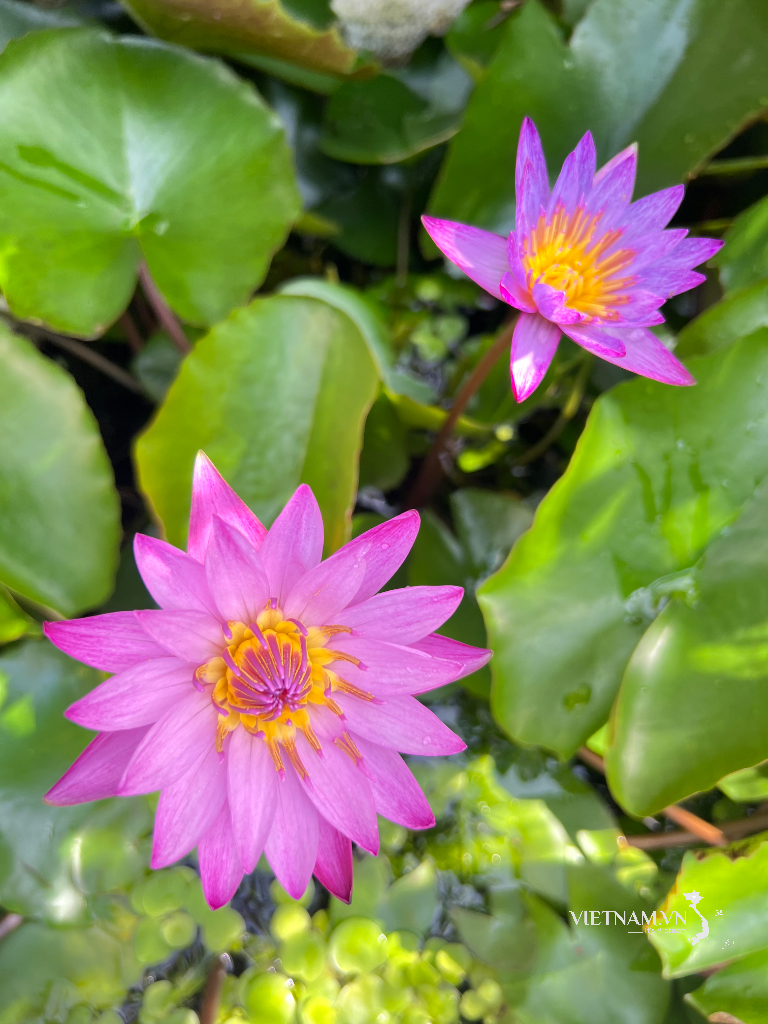
Comment (0)